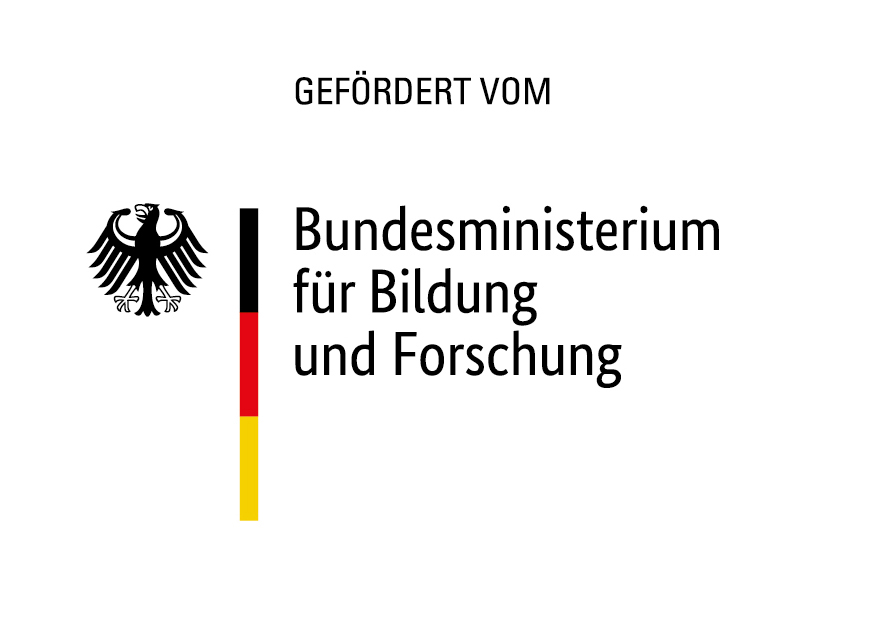
WinOSens
Wartungs- und infrastrukturarme Objektlokalisierung zur Steigerung von Effizienz und Transparenz in industriellen Logistikprozessen mithilfe des maschinellen Lernens in eingebetteten Sensorsystemen
Projektbeschreibung
WinOSens zielt darauf ab, Wege zu erforschen und zu entwickeln, um mikrocontrollerbasierte Sensormodule mit maschinellem Lernen zur Objektlokalisierung und Selbstwahrnehmung zu kombinieren. Gleichzeitig werden die von den Sensorknoten gelesenen Daten und die Lokalisierungsinformationen an das Cloud-Backend zur weiteren Verarbeitung mit Hilfe von Künstlicher Intelligenz übertragen. Zu den angestrebten Anwendungsfällen gehören die Bestandsverfolgung in innerbetrieblichen Logistiksystemen und die Unterstützung von Enterprise Resource Planning (ERP)-Systemen.
Das Institut für Telematik konzentriert sich in diesem Projekt vor allem auf die Erforschung und Entwicklung von Modellen des maschinellen Lernens für Geräte mit geringem Stromverbrauch und geringer Leistung wie Mikrocontroller.

Project Partners
Publikationen
Nisal Hemadasa,
Marcus Venzke,
Volker Turau und Yanqiu Huang. Machine Learning-based Positioning using Multivariate Time Series Classification for Factory Environments. In
Proceedings of OkIP International Conference on Automated and Intelligent Systems, CAIS 2023, OkIP Books, Oktober 2023. Oklahoma, USA.
@InProceedings{Telematik_cais_2023,
author = {Nisal Hemadasa and Marcus Venzke and Volker Turau and Yanqiu Huang},
title = {Machine Learning-based Positioning using Multivariate Time Series Classification for Factory Environments},
booktitle = {Proceedings of OkIP International Conference on Automated and Intelligent Systems, CAIS 2023},
pages = ,
publisher = {OkIP Books},
day = {2-5},
month = oct,
year = 2023,
location = {Oklahoma, USA},
}
Abstract:
Indoor Positioning Systems (IPS) gained importance in many industrial applications. State-of-the-art solutions heavily rely on external infrastructures and are subject to potential privacy compromises, external information requirements, and assumptions, that make it unfavorable for environments demanding privacy and prolonged functionality. In certain environments deploying supplementary infrastructures for indoor positioning could be infeasible and expensive. Recent developments in machine learning (ML) offer solutions to address these limitations relying only on the data from onboard sensors of IoT devices. However, it is unclear which model fits best considering the resource constraints of IoT devices. This paper presents a machine learning-based indoor positioning system, using motion and ambient sensors, to localize a moving entity in privacy concerned factory environments. The problem is formulated as a multivariate time series classification (MTSC) and a comparative analysis of different machine learning models is conducted in order to address it. We introduce a novel time series dataset emulating the assembly lines of a factory. This dataset is utilized to assess and compare the selected models in terms of accuracy, memory footprint and inference speed. The results illustrate that all evaluated models can achieve accuracies above 80 %. CNN-1D shows the most balanced performance, followed by MLP. DT was found to have the lowest memory footprint and inference latency, indicating its potential for a deployment in real-world scenarios.
Nisal Manikku Badu,
Marcus Venzke,
Volker Turau und Yanqiu Huang.
Machine Learning-based Positioning using Multivariate Time Series Classification for Factory Environments. Technical Report Report arXiv:2308.11670, arXiv.org e-Print Archive - Computing Research Repository (CoRR), Cornell University, August 2023.
@TechReport{Telematik_arxiv_2023,
author = {Nisal Manikku Badu and Marcus Venzke and Volker Turau and Yanqiu Huang},
title = {Machine Learning-based Positioning using Multivariate Time Series Classification for Factory Environments},
number = {Report arXiv:2308.11670},
institution = {arXiv.org e-Print Archive - Computing Research Repository (CoRR)},
address = {Cornell University},
month = aug,
year = 2023,
}
Abstract:
Indoor Positioning Systems (IPS) gained importance in many industrial applications. State-of-the-art solutions heavily rely on external infrastructures and are subject to potential privacy compromises, external information requirements, and assumptions, that make it unfavorable for environments demanding privacy and prolonged functionality. In certain environments deploying supplementary infrastructures for indoor positioning could be infeasible and expensive. Recent developments in machine learning (ML) offer solutions to address these limitations relying only on the data from onboard sensors of IoT devices. However, it is unclear which model fits best considering the resource constraints of IoT devices. This paper presents a machine learning-based indoor positioning system, using motion and ambient sensors, to localize a moving entity in privacy concerned factory environments. The problem is formulated as a multivariate time series classification (MTSC) and a comparative analysis of different machine learning models is conducted in order to address it. We introduce a novel time series dataset emulating the assembly lines of a factory. This dataset is utilized to assess and compare the selected models in terms of accuracy, memory footprint and inference speed. The results illustrate that all evaluated models can achieve accuracies above 80 %. CNN-1D shows the most balanced performance, followed by MLP. DT was found to have the lowest memory footprint and inference latency, indicating its potential for a deployment in real-world scenarios.

